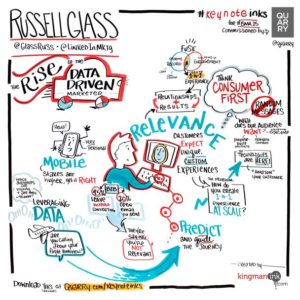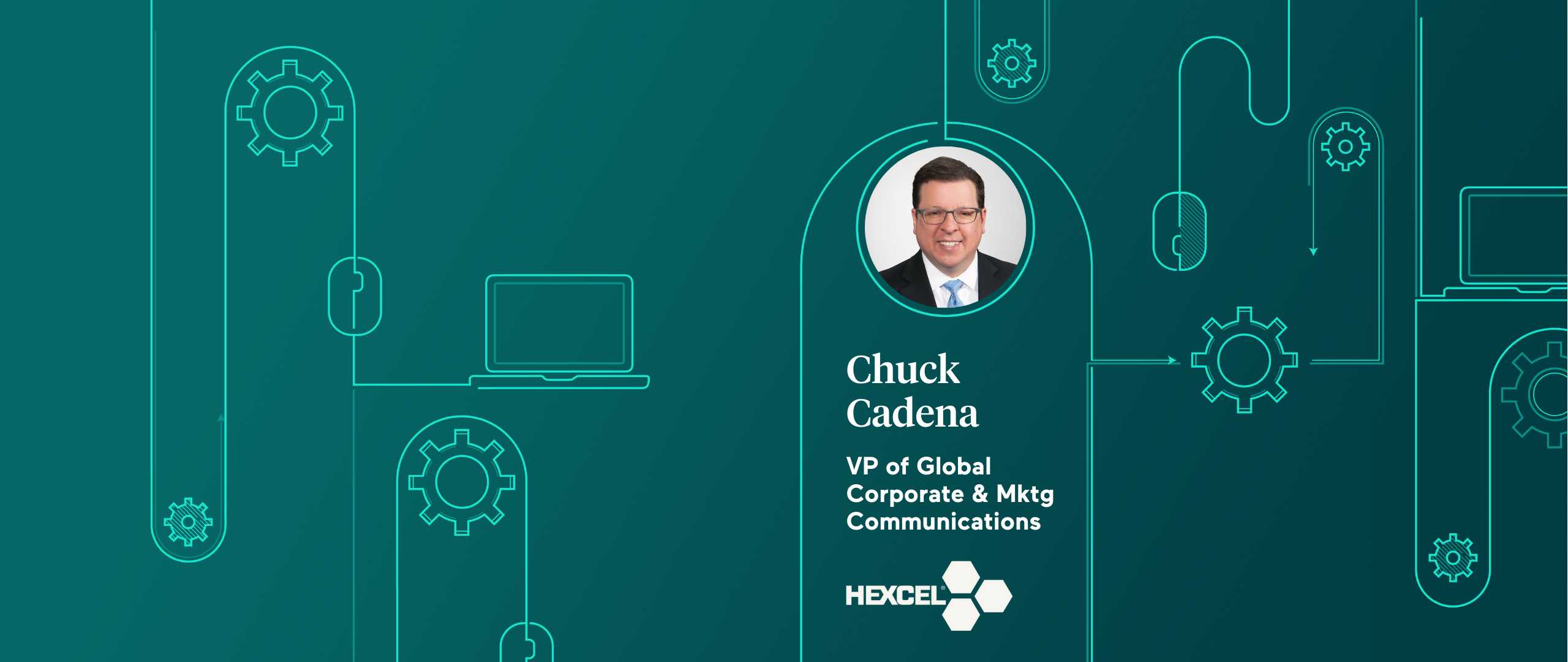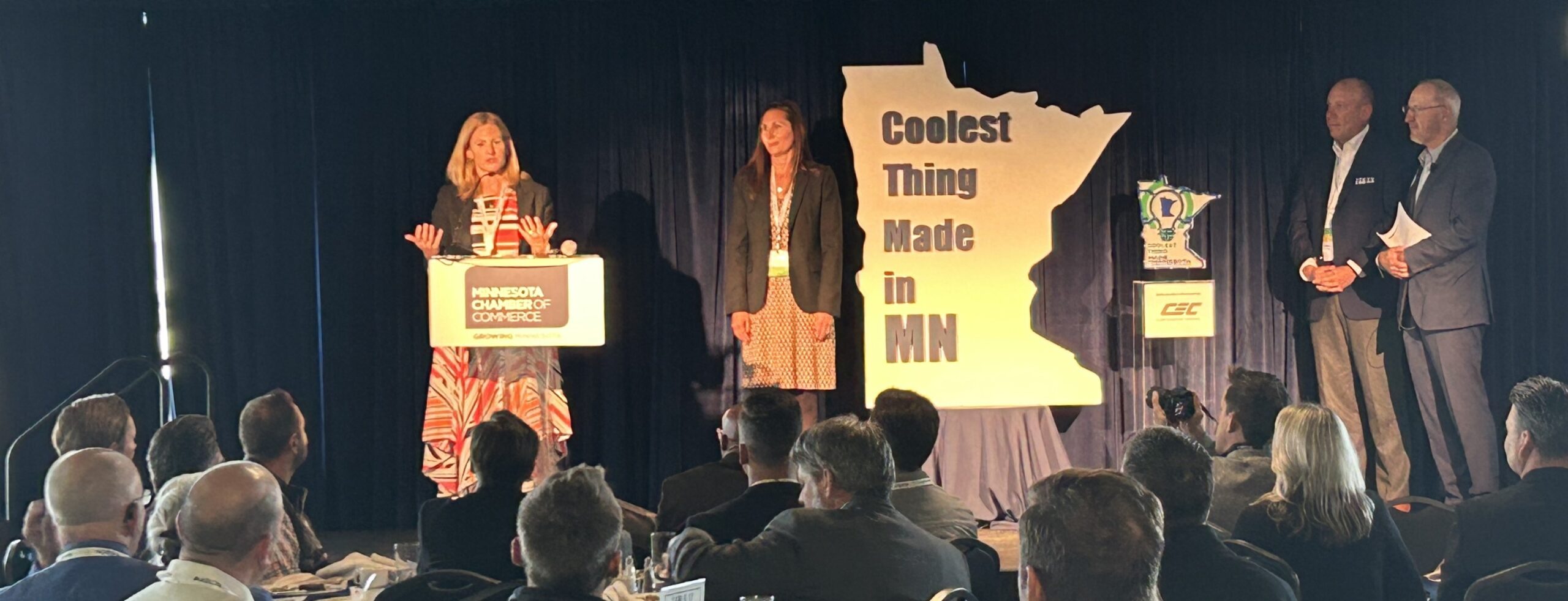Every year I try to attend the Business Marketing Association national conference for business-to-business (B2B) marketers in Chicago. I find it energizing as the two days are packed full of useful content to bring back to our manufacturing clients. This year was no different. Here are the top 6 themes that stood out during the conference that I believe will impact manufacturers, at least for a while:
1. Target Millennials.
If the Millennial (ages 18-34) generation isn’t your primary target audience, it should be. I was surprised to learn that they already make up 46% of today’s potential buyers researching B2B products. In 10 years, Millennials will make up 70% of the workforce so we can expect their buying power to increase. For many manufactures, these shifts mean B2B marketers need to rethink their marketing programs and how they are allocating resources.
In order to target Millennials effectively, take time to understand how to relate to this audience and how they consume content. This is a generation that sees technology as a way of life. They’ve been exposed to it since childhood so they are prone to adopting new technologies that meet their high standards for innovative products. They bring their business to consumer (B2C) shopping expectations to the B2B buying process and they are leading the shift in media consumption habits. They are mobile and can access content anywhere, anytime and on any device, which has huge implications on traditional formats like TV and cable. They are likely to reject these traditional formats and along with it, traditional advertising.
While most of our clients aren’t focused on TV and cable as primary marketing outlets, it’s still important to understand that Millennials are comfortable with new, and unproven entities. This means, they may not care that your company is a well-respected legacy brand. It’s all about what have you done lately to innovate and tailor to their needs. They will go wherever they can to get what they need so don’t overlook start-ups as your competitors. This is a common error among legacy businesses.
2. Deliver a great mobile experience first.
Thanks in large part to the media consumption habits of Millennials, we have officially reached a tipping point. According to Google, time spent online exceeds all other media, including TV. Of this, 80% of time spent is with mobile devices. Wearable technology, such as the Apple Watch, will continue to drive this trend. This changes how B2B buyers behave and how B2B decisions are made. In fact, the number of B2B searches has tripled over the last 3 years, with 42% of all searches for B2B taking place on mobile devices. Another interesting statistic is that 60% of these B2B customers are only searching 1-2 brands. Today’s B2B buyers have a better idea of what they are looking for. And, the B2B buyer does not behave that much different than the general population.
Bottom line, your first job as an excellent B2B marketer is to be an excellent mobile marketer.
Want to test your website? Google Developers provide a free Mobile-Friendly Test that will analyze a URL and report if the site has responsive design.
3. Put customers first. The rise of personas as content drivers.
Gone are the days when your product or service leads. Today’s best marketing programs are focused on outcomes and benefit to the customer. Value propositions and content marketing programs need to be based on personas, or an imaginary profile of your prospective customers, for a more surgical approach in marketing efforts. Taking time to really get to know your customers helps you understand how to modify content according to their preferences and where they are in the buying cycle. And, make sure you are speaking to customers using accessible language so your message doesn’t get lost. After all, we’re still marketing to consumers and of course, to Millennials.
Source credit: Quarry and Kingman Ink
4. Marketing plays an important role in delivering a better customer experience.
We’re at a juncture of advanced customer expectations, solution evolution and the need for innovation. This innovation for customers can, and should be driven by marketing, IT and R&D. I know, this is no easy task considering many manufacturers still operate within siloes. However, when working together, these marketing-oriented manufacturers are putting an emphasis on blending needs from sales, service and marketing into their design thinking and IT priorities. By taking a holistic approach, marketing is able to deliver a cohesive customer experience that unifies the company across all customer touchpoints. This type of collaboration with IT and R&D also changes corporate cultures with IT being the strategic enabler to get us there. I know what some of you may be thinking – it’s still a struggle to work with IT more or less R&D. Regardless, many of our clients are seeing requests from the executive level to help deliver better customer experiences. If you’re working to break down the silos, here’s the opportunity to get executives on board! With requests like these being passed down to marketing, Inprela anticipates that it won’t be long before many of our clients start including customer experience ratings as part of their marketing measurement metrics.
5. Predictive analytics is the future of B2B marketing.
Forrester believes that predictive analytics is the next big evolution in B2B marketing. It also says that with the rise of data-driven marketing, B2B marketers are going to become indispensable in the buyer’s journey. With these new levels of insights, marketers will be able to tailor content, the right way, in the right moment, where customers are searching, to be more relevant and nurturing than ever before. This will also create better customer experiences (need I remind you of trend #4?). This ability is not a fantasy, predictive analytics is already here and the adoption is coming. Judging by the hallway conversations during the BMA15 conference, putting this concept into practice is still out of reach for many B2B companies; but it is on the horizon. Check back on the Inprela blog as we revisit and dig deeper into predictive analytics in the future.
6. B2B marketing is challenging; your team needs knowledge.
You’ve likely already drawn this conclusion based upon your own experience. Your team will need knowledge to navigate the evolving landscape successfully. In 1965, Gordon Moore, co-founder of Intel predicted that over the history of computing hardware, the number of transistors in a dense integrated circuit will double every two years. This prediction, known as Moore’s Law has held true. If it continues to hold true, in 2023 the contents of a laptop will hold the knowledge of one human brain. In 2035, it will hold the intelligence of all human brains. Think of what this will mean for marketing!
Marketing must adapt and evolve.
My biggest takeaway from the conference isn’t necessarily new, but a good reminder that we all need to stay current with our skill sets. This may mean setting aside resources to learn as you go. Frankly, some of the most exciting and rewarding work that our agency is doing involves applying some new strategies and exploring new channels together with our clients to reach their prospects in new ways. It keeps us exploring the edges of what’s possible together and refining our approach.
Author: Stephani Simon




